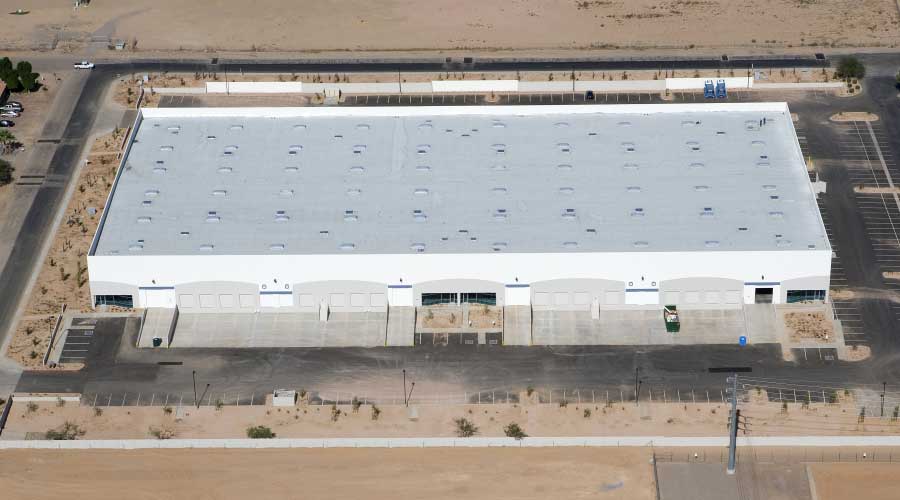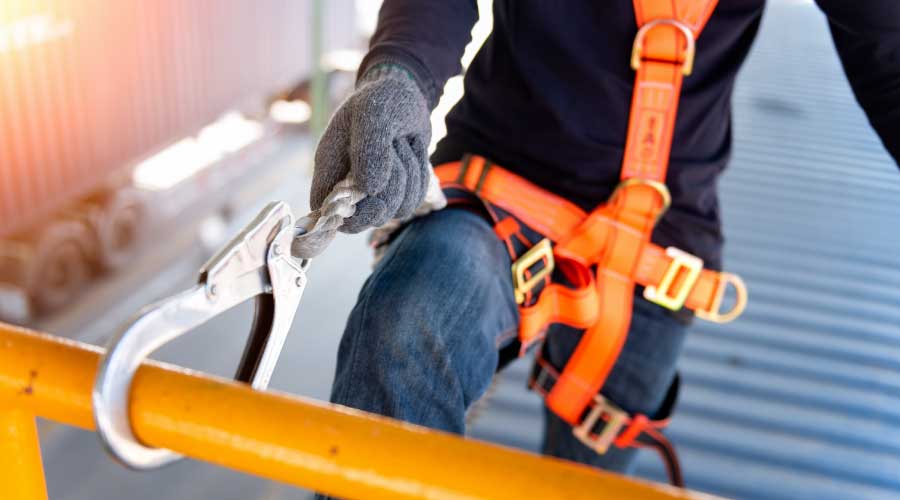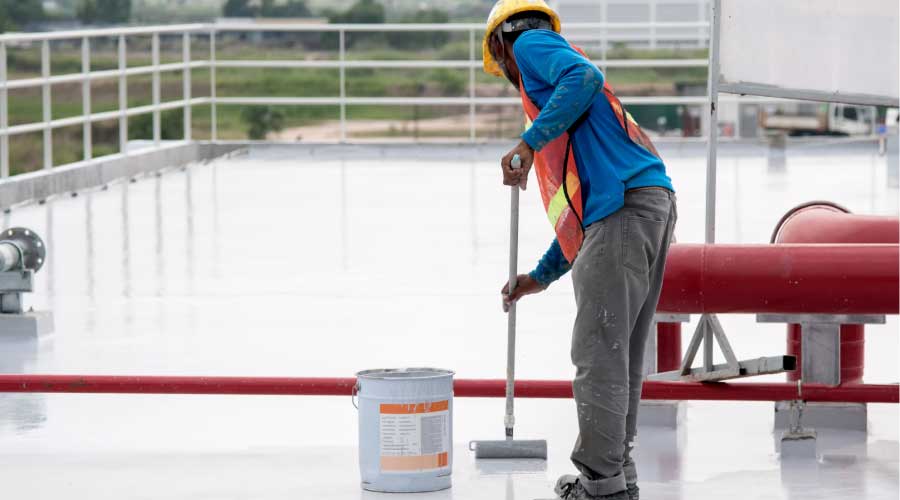Understanding Single-Ply Roofing Failures Helps Prevent Them
Use of single-ply roofing systems has become much more prevalent in the last several years. Those systems can offer many advantages, including lower cost, ease of installation and maintenance, lack of hot kettles, and fewer odors during installation. But, just like any roofing system, single-ply roofs can fail prematurely if not properly designed, installed and cared for. Understanding common sources of single-ply failure can help facility managers best address those issues before a small problem turns into a huge headache.
One frequent trouble spot is moisture getting below the roofing membrane. When that happens, it can cause significant damage to roofing systems, including debonding and curling of insulation and cover boards, loss of thermal performance and compressive strength, and deterioration of and mold growth on moisture-sensitive and organic materials. Moisture in the roofing system can also lead to deterioration of the structural roof deck and roof structure. Here are three common causes of moisture below the roofing membrane:
1. Lack of Redundancy. As the name implies, single-ply membranes rely on one membrane sheet/layer to prevent leaks. The reliability of properly formed seams is high for PVC and TPO membranes and has improved significantly within the last two decades for EPDM, primarily due to advances in factory-fabricated seam tape technology. However, compared to multi-ply systems, single-ply membranes lack redundancy and are less resistant to mechanical damage by traffic, punctures and chemicals. Also, single-ply membrane installation can be less tolerant of discrete errors in the installation compared to built-up systems. Mock-ups and thorough inspection of single-ply seaming during construction, use of traffic mats where regular foot traffic is expected, and selecting a membrane that is resistant to the environmental and site conditions are helpful in addressing these considerations.
2. Failed Flashing. Shrinkage of EPDM membranes can cause bridging where the membrane pulls from both the vertical flashing surface and roof. This can unseal the flashing and present a risk of catastrophic failure due to wind uplift forces. EPDM shrinkage is typically caused by thermal movement when the membrane shrinks but cannot return to its original location as it expands; loss of processing oil used in the manufacturing process; residual tensile stress due to the manufacturing process; or insufficient relaxation of the membrane sheets before installation. Mechanical fastening of the membrane at the perimeter of the roof and at penetrations using termination bars greatly reduces the risk of bridging problems. Termination bars avoid concentrating loads at fasteners and can resist shrinkage forces to a greater degree than adhesives alone.
Related Topics:














